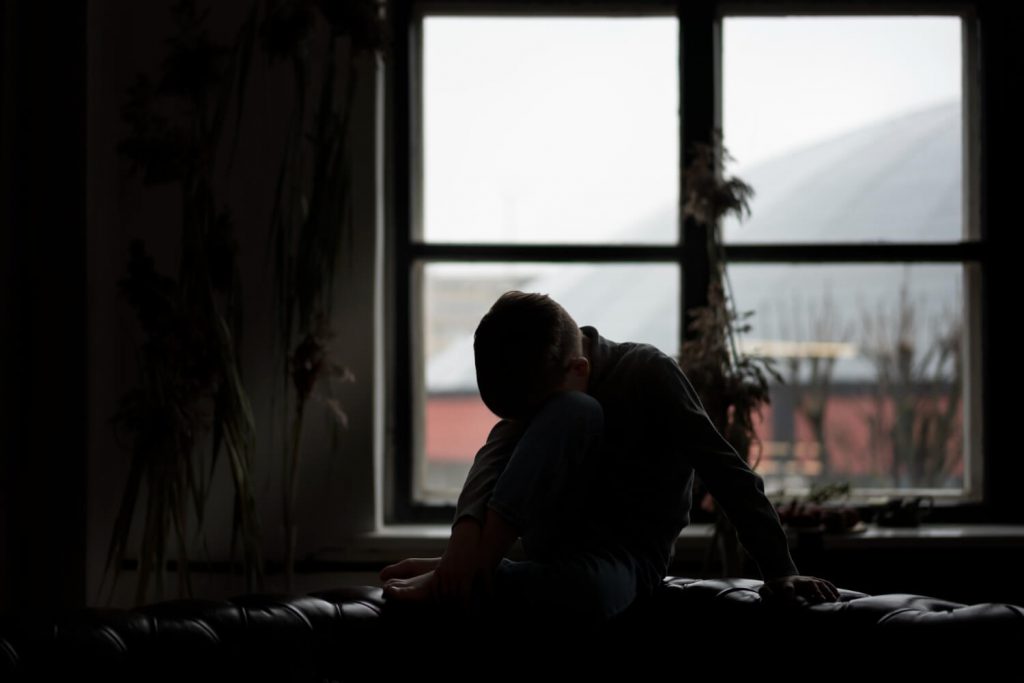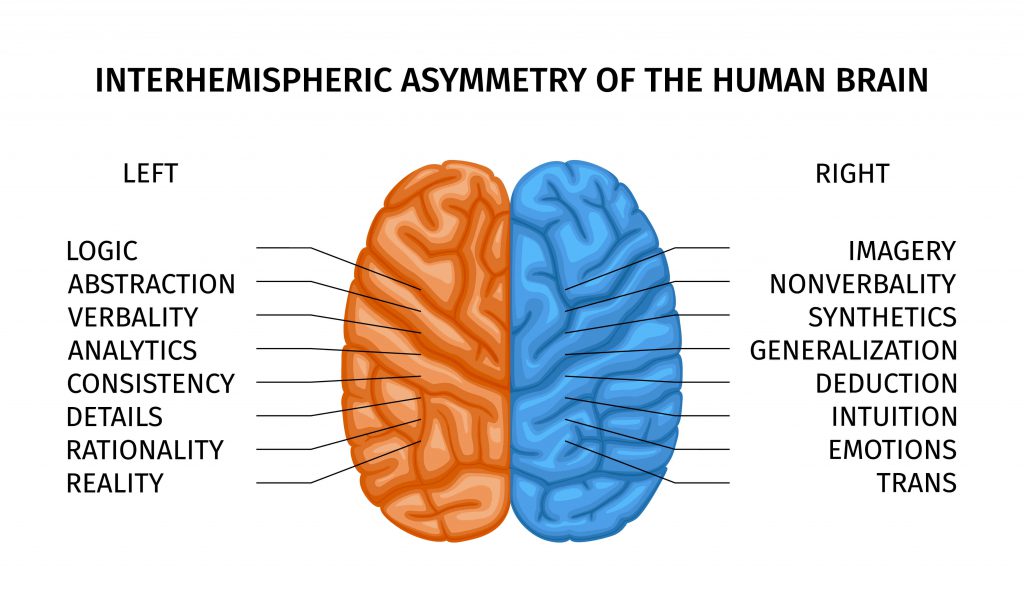Loneliness: Prevention and Health Impacts
Loneliness, a deeply human experience, extends far beyond simple solitude. It is a profound sense of isolation, a feeling of lacking meaningful connections that can erode both mental and physical well-being. In our increasingly interconnected digital age, the paradox of pervasive isolation persists, demanding a thorough examination of its origins and far-reaching consequences. This article offers an in-depth exploration of loneliness prevention strategies and its complex, detrimental health impacts.
Time to feel better. Find a mental, physical health expert that works for you.
Social Connection: Strategies and Well-being (Expanded)
Social connection, the intricate tapestry of human relationships, is fundamental to our physical, mental, and emotional well-being. It provides the essential support, meaning, and purpose that enrich our lives. In an era often characterized by fragmentation and isolation, cultivating strong social bonds is paramount. This article provides an extensive exploration of strategies for building and maintaining meaningful connections and examines their profound impact on overall well-being.
The Indispensable Role of Social Connection:
Social connection is more than a superficial exchange; it is a fundamental human need with far-reaching benefits:
- Mental Health Resilience:
- Strong social connections act as a buffer against stress, anxiety, and depression.
- They provide a sense of belonging and support, reducing feelings of isolation and loneliness.
- Social interaction can also promote cognitive health.
- Physical Health Protection:
- Research has shown that social connection strengthens the immune system, reduces blood pressure, and lowers the risk of chronic diseases.
- Social support can also promote healthy behaviors, such as exercise and healthy eating.
- Longevity and Vitality:
- People with robust social networks tend to live longer, healthier lives.
- Social connection buffers against the negative effects of stress, promoting overall well-being.
- Enhanced Coping Mechanisms:
- Social connections provide a safety net during times of adversity, offering emotional support and practical assistance.
- They enhance resilience and help individuals navigate challenging life circumstances.
- Increased Happiness and Fulfillment:
- Meaningful relationships contribute to a sense of purpose and fulfillment, enhancing overall life satisfaction.
- Shared experiences and emotional intimacy create joy and happiness.
- Cognitive Preservation:
- Social engagement stimulates the brain and reduces the risk of cognitive decline, including dementia.
- Keeping the mind active through social interactions is a very important tool for long term cognitive health.
Comprehensive Strategies for Fostering Social Connection:
Cultivating and maintaining strong social connections requires consistent effort and intentionality:
- Prioritizing In-Person Interactions:
- Make a conscious effort to prioritize face-to-face interactions with family, friends, and colleagues.
- Minimize screen time and create opportunities for meaningful in-person conversations.
- Regularly plan social events.
- Engaging in Social Activities:
- Join social groups, clubs, or organizations that align with your interests.
- Participate in community events, volunteer activities, or recreational sports.
- Take classes that involve group interactions.
- Practicing Active and Empathetic Listening:
- Focus on truly listening to others, showing genuine interest in their thoughts and feelings.
- Practice empathy and validation, acknowledging and respecting others’ perspectives.
- Ask follow up questions.
- Expressing Gratitude and Appreciation:
- Regularly express gratitude and appreciation for the people in your life.
- Acknowledge their support, kindness, and contributions.
- Send hand written thank you notes.
- Cultivating Vulnerability and Authenticity:
- Share your thoughts, feelings, and experiences with others in an open and honest manner.
- Vulnerability fosters trust and intimacy, strengthening relationships.
- Allow yourself to be seen.
Connect Free. Improve your mental and physical health with a professional near you

Factors Contributing to Health Anxiety
Health anxiety is a complex condition influenced by a combination of genetic, psychological, and environmental factors. Understanding these factors is crucial for developing effective treatment strategies.
Genetic Predisposition: Research suggests that there may be a genetic component to health anxiety. Individuals with a family history of anxiety disorders, including health anxiety, may be more susceptible to developing the condition. Genetic factors can influence an individual’s temperament, sensitivity to physical sensations, and reactivity to stress.
Psychological Factors: Several psychological factors contribute to the development and maintenance of health anxiety. These include:
- Cognitive Distortions: Individuals with health anxiety often engage in catastrophic thinking, misinterpreting normal bodily sensations as signs of severe illness. They may have a tendency to focus on negative information and underestimate their ability to cope with health challenges.
- Personality Traits: Certain personality traits, such as neuroticism, perfectionism, and a tendency toward worry, can increase vulnerability to health anxiety.
- Past Experiences: Traumatic experiences, such as a serious illness in childhood or the loss of a loved one to a severe disease, can contribute to the development of health anxiety. These experiences can create a heightened sense of vulnerability and fear.
Environmental Factors: Environmental factors also play a significant role in the development of health anxiety. These include:
- Stressful Life Events: Major life stressors, such as job loss, relationship problems, or financial difficulties, can trigger or exacerbate health anxiety.
- Exposure to Illness: Exposure to media coverage of serious illnesses or personal experiences with severe medical conditions can increase anxiety about health.
- Cultural Influences: Cultural beliefs and attitudes toward health and illness can influence an individual’s perception of risk and vulnerability. In some cultures, there may be a greater emphasis on physical health and a tendency to interpret normal bodily sensations as signs of illness.
- Parental Influences: Overprotective or overly anxious parents can inadvertently model and reinforce health anxiety in their children. Children may learn to associate physical sensations with danger and develop a heightened sensitivity to bodily symptoms.
Neurobiological Factors: Research suggests that abnormalities in brain regions involved in processing fear and anxiety may contribute to health anxiety. These include the amygdala, which plays a role in fear response, and the prefrontal cortex, which is involved in regulating emotions. Imbalances in neurotransmitters, such as serotonin and norepinephrine, may also contribute to the condition.
The Interplay of Factors: It’s important to recognize that health anxiety is often the result of a complex interplay of these factors. Genetic predispositions may interact with psychological vulnerabilities and environmental stressors to create a perfect storm for the development of the condition.
Managing and Treating Health Anxiety
Managing and treating health anxiety requires a multifaceted approach that addresses the underlying psychological, behavioral, and emotional factors contributing to the condition. Effective treatment strategies aim to reduce anxiety, challenge cognitive distortions, and improve coping skills.
Cognitive Behavioral Therapy (CBT): CBT is considered the gold standard treatment for health anxiety. It helps individuals identify and challenge negative thought patterns and beliefs that fuel their anxiety. Through CBT, individuals learn to:
- Recognize and modify cognitive distortions, such as catastrophic thinking and misinterpretation of bodily sensations.
- Develop realistic and balanced perspectives on health and illness.
- Gradually expose themselves to feared situations and bodily sensations to reduce avoidance behaviors.
- Learn coping strategies to manage anxiety and distress.
Exposure Therapy: A component of CBT, exposure therapy involves gradually confronting feared situations and bodily sensations. This helps individuals desensitize themselves to triggers and reduce their anxiety response. For example, an individual who fears hospitals may gradually expose themselves to hospital settings, starting with brief visits and gradually increasing the duration.
Acceptance and Commitment Therapy (ACT): ACT focuses on helping individuals accept their anxiety rather than fighting it. It encourages individuals to commit to valued actions and live a meaningful life despite their anxiety. ACT emphasizes mindfulness, acceptance, and values-based living.
Mindfulness-Based Stress Reduction (MBSR): MBSR involves learning mindfulness techniques to increase awareness of present-moment experiences without judgment. This can help individuals observe their thoughts and feelings without getting caught up in them, reducing anxiety and improving emotional regulation.
Medication: In some cases, medication may be prescribed to manage symptoms of anxiety and depression associated with health anxiety. Selective serotonin reuptake inhibitors (SSRIs) and serotonin-norepinephrine reuptake inhibitors (SNRIs) are commonly used. However, medication is typically used in conjunction with therapy, rather than as a standalone treatment.
Lifestyle Changes: Lifestyle changes can also play a significant role in managing health anxiety. These include:
- Regular exercise: Physical activity can help reduce anxiety and improve mood.
- Healthy diet: A balanced diet can improve overall well-being and reduce stress.
- Adequate sleep: Sufficient sleep is essential for managing anxiety and promoting emotional stability.
- Stress management techniques: Relaxation techniques, such as deep breathing, meditation, and yoga, can help reduce anxiety and promote relaxation.
Support Groups: Support groups can provide a sense of community and understanding for individuals with health anxiety. Sharing experiences and coping strategies with others who understand the condition can be incredibly beneficial.
Education and Psychoeducation: Providing individuals with accurate information about health anxiety and its treatment is essential. Psychoeducation can help dispel myths and misconceptions, reduce stigma, and empower individuals to take an active role in their recovery.
By combining these treatment approaches, individuals with health anxiety can learn to manage their symptoms, improve their quality of life, and regain a sense of control over their health.

Free consultations. Connect free with local health professionals near you.
Conclusion
The preceding exploration into the intertwined realms of loneliness and social connection reveals a stark reality: in an era of unprecedented technological advancement, the human need for genuine connection remains tragically unmet. We find ourselves grappling with a paradox – a world wired for instant communication, yet plagued by a profound sense of isolation. This dissonance demands not just recognition, but a decisive call to action.
The articles have meticulously dissected the multifaceted nature of loneliness, exposing its roots in both tangible circumstances and intangible emotional voids. We’ve seen how social isolation, life transitions, and the insidious creep of social anxiety contribute to this pervasive affliction. Moreover, the ambivalent role of technology, while offering avenues for connection, can also foster superficial interactions that deepen the sense of emotional disconnect.
We cannot ignore the devastating health consequences of chronic loneliness, which extend far beyond emotional distress to compromise physical well-being and shorten lives.
Conversely, the examination of social connection has illuminated its transformative power. It is not merely a pleasant social construct, but a fundamental human need, a vital nutrient for our mental, physical, and emotional health. Strong social bonds act as a bulwark against adversity, fostering resilience, enhancing cognitive function, and enriching our lives with purpose and joy. The strategies outlined—prioritizing in-person interaction, practicing active listening, and embracing vulnerability—are not mere suggestions, but essential tools for building and nurturing these life-sustaining connections.
The implications of this exploration extend far beyond individual actions. We are compelled to address this issue on a societal level, fostering a culture that prioritizes connection and combats isolation. This necessitates a collective effort, from community-driven initiatives to policy changes that promote social inclusion. Schools, workplaces, and community centers must become hubs of interaction, fostering environments where everyone feels valued and seen.
We must acknowledge the urgent need to bridge the gap between our technological capabilities and our innate human need for connection. This requires a mindful approach to technology, leveraging its potential to enhance, rather than replace, genuine human interaction. We must cultivate a culture of empathy, where vulnerability is seen as strength, and where seeking support is encouraged, not stigmatized.
Furthermore, we must recognize that addressing loneliness and fostering social connection is not merely a matter of individual responsibility; it is a matter of public health. We need to invest in research, develop effective interventions, and raise awareness about the profound impact of social isolation on our overall well-being.
Ultimately, the journey towards reclaiming connection is a voyage of self-discovery and mutual understanding. It requires us to be present, to listen deeply, and to extend compassion to ourselves and others. As we navigate the complexities of modern life, let us remember that our greatest strength lies in our capacity to connect, to belong, and to support one another. By prioritizing meaningful relationships and creating a society that values connection, we can build a future where everyone feels seen, heard, and valued. The cultivation of healthy social bonds is not merely a desire, but a vital necessity for a thriving and healthy society. Let us rise to the challenge and reclaim the essence of human connection, forging a world where no one walks alone.
Time to feel better. Find a mental, physical health expert that works for you.
Common FAQs
What's the difference between being alone and being lonely?
What are some common signs of loneliness?
Signs can include feelings of isolation, sadness, irritability, difficulty sleeping, lack of motivation, and a sense of disconnection from others. Some people may also experience physical symptoms.
Is loneliness a mental health condition?
While not a formal mental health diagnosis, chronic loneliness is strongly associated with and can contribute to conditions like depression, anxiety, and even cognitive decline.
How does technology affect loneliness?
Technology can both help and hinder. While it offers ways to stay connected, excessive reliance on digital interactions can lead to superficial relationships and a feeling of isolation. It’s crucial to balance online and offline connections.
What are some practical steps to combat loneliness?
Practical steps include:
- Joining social groups or clubs.
- Volunteering in your community.
- Prioritizing face-to-face interactions.
- Practicing active listening.
- Seeking professional help if needed.
How does social connection benefit my health?
Strong social connections have been linked to improved mental health, stronger immune systems, reduced risk of cardiovascular disease, and increased longevity.
How can I improve my social skills?
You can improve social skills by:
- Practicing active listening.
- Learning to express your feelings clearly.
- Working on empathy.
- Seeking out social skills training or therapy.
What can communities do to address loneliness?
Communities can:
- Create inclusive spaces.
- Organize social events.
- Support programs for vulnerable populations.
- Promote volunteering.
Is loneliness more common in certain age groups?
While loneliness can affect anyone, it is often more prevalent in older adults, young adults, and those experiencing significant life transitions.
When should I seek professional help for loneliness?
If your loneliness is persistent, interfering with your daily life, or accompanied by symptoms of depression or anxiety, it’s important to seek professional help from a therapist or counselor.
People also ask
Q: What is the true meaning of loneliness?
A:While loneliness is complex, it can be simply understood as the unwanted feelings we experience stemming from the absence of connection. Loneliness is the state of distress or discomfort that results when we perceive a gap between our desire for social connection and our actual experience of it.
Q:What is the main cause of loneliness?
A: Retirement, poor health, loss of a significant other or other family or friends, all contribute to loneliness. Suicides caused by loneliness in older people can be difficult to identify. Often they don’t have anyone to disclose their feelings of loneliness and the despair it brings.
Q: What are the three types of loneliness?
A: Murthy details three types of loneliness: intimate, relational, and collective loneliness, asserting that the cure must be tailored to each type.
Q: Why is loneliness so painful?
NOTICE TO USERS
MindBodyToday is not intended to be a substitute for professional advice, diagnosis, medical treatment, or therapy. Always seek the advice of your physician or qualified mental health provider with any questions you may have regarding any mental health symptom or medical condition. Never disregard professional psychological or medical advice nor delay in seeking professional advice or treatment because of something you have read on MindBodyToday.
Share this article

Let us know about your needs

Quickly reach the right healthcare Pro

Message health care pros and get the help you need.
Popular Healthcare Professionals Near You
You might also like
What is Learned Helplessness?
, What is Learned Helplessness? Everything you need to know Find a Pro Expanding on Learned Helplessness Learned helplessness, as […]
What is Left Brain – Right…
, What is Left Brain – Right Brain? Everything you need to know Find a Pro Brain Hemispheric Collaboration The […]
What is Loneliness?
, What is Loneliness? Everything you need to know Find a Pro Loneliness: Prevention and Health Impacts Loneliness, a deeply […]





